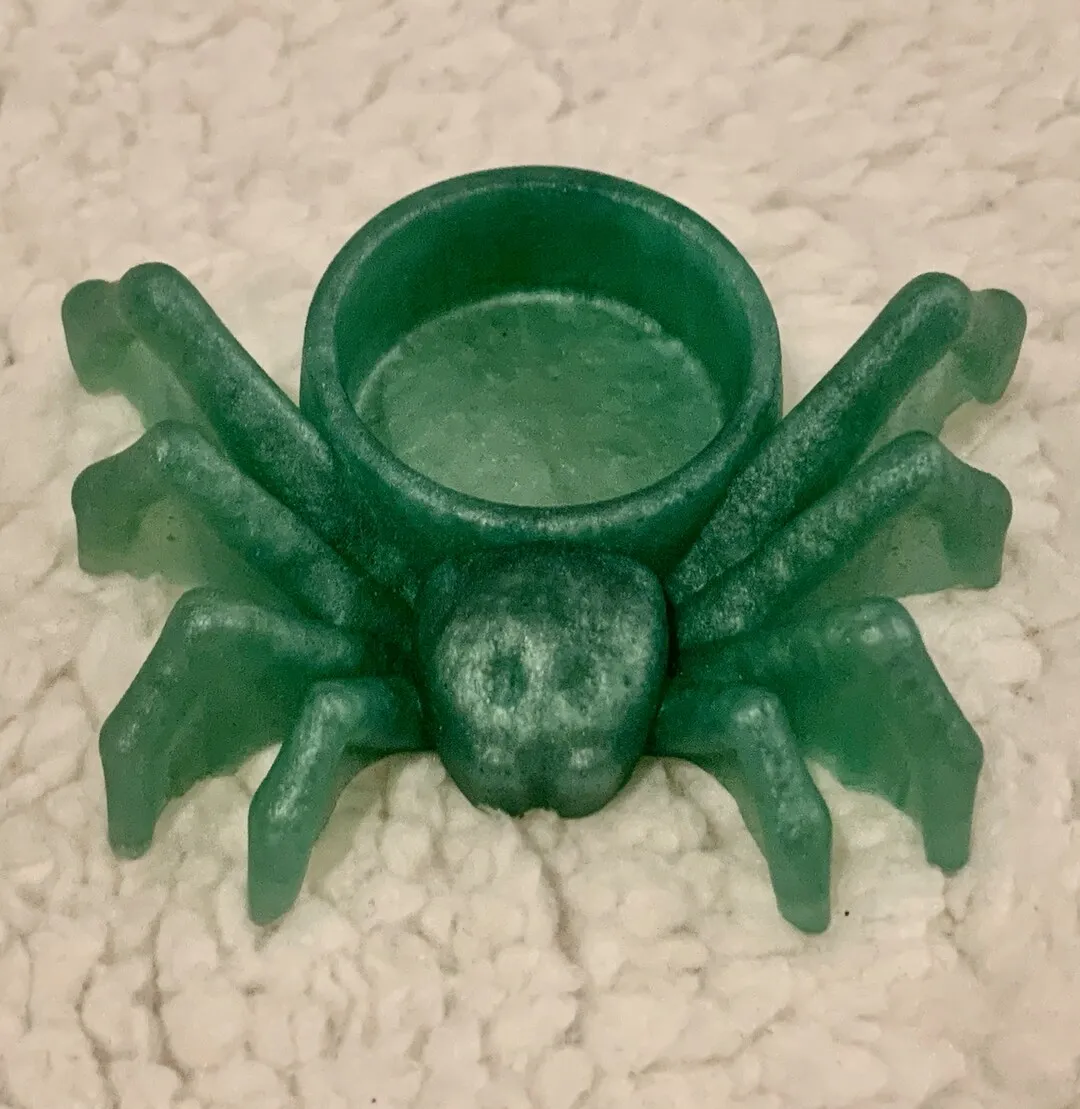Caring for a Rose Hair Tarantula involves many factors, and one of the most critical is providing a suitable water dish. This guide provides detailed information on how to choose the right water dish for your Rose Hair Tarantula, ensuring your pet stays hydrated and healthy. Understanding the importance of water, selecting the appropriate dish, and maintaining it properly are vital to your tarantula’s well-being. Proper hydration is a cornerstone of tarantula care, contributing to everything from molting to overall health. Read on to ensure your pet has the best possible care.
Choosing the Right Rose Hair Tarantula Water Dish
Selecting the right water dish is a critical aspect of Rose Hair Tarantula care, as it directly impacts their hydration and overall well-being. The dish must be safe, accessible, and appropriate for your tarantula’s size and needs. Several factors should be considered, including the dish’s material, size, and placement within the enclosure. It is also essential to consider how easily the dish can be cleaned and maintained to prevent the growth of harmful bacteria or fungi. Proper selection ensures your tarantula has a constant supply of fresh, clean water, contributing significantly to its health and longevity. This section will help you navigate these considerations.
Importance of a Water Dish for Your Tarantula
A water dish is not just an accessory; it’s a necessity for your Rose Hair Tarantula. Tarantulas, like all living creatures, require water to survive and thrive. The water dish provides a crucial source of hydration, essential for maintaining their internal bodily functions. Without a consistent water source, your tarantula can quickly become dehydrated, leading to health problems. Water aids in molting, a process where tarantulas shed their exoskeletons. Hydration ensures the process goes smoothly. Moreover, water helps with the overall metabolism of the tarantula, supporting all biological processes. Proper hydration ensures your tarantula remains healthy and active.
How Often Should You Refill the Water Dish

Refilling the water dish regularly is crucial for maintaining your tarantula’s health. Ideally, the water dish should be checked and refilled daily, especially in warmer environments where water evaporates more quickly. Always use fresh, clean water, avoiding tap water, which may contain chemicals harmful to tarantulas. If you notice any debris or substrate in the water dish, clean and refill it immediately. Monitoring the water level and quality ensures your tarantula always has access to safe drinking water. A consistent schedule also allows you to spot signs of dehydration early on, which can be addressed promptly, maintaining your pet’s well-being.
Water Dish Size Guide for Rose Hair Tarantulas
The size of the water dish should be appropriate for your Rose Hair Tarantula’s size. A dish that is too small may not provide enough water, while one that is too large can pose a hazard, especially to smaller tarantulas. For juvenile tarantulas, a shallow dish, such as a bottle cap or a small ceramic dish, is recommended. As your tarantula grows, you can upgrade to a larger dish, ensuring it is still shallow enough to prevent drowning. The dish should be easily accessible to the tarantula, allowing it to drink without difficulty. The correct size ensures your pet can stay hydrated without any safety risks.
Factors to Consider
When choosing a water dish, several factors should be carefully considered. Durability is essential; the dish must withstand regular cleaning and the tarantula’s interactions with it. The dish should be stable, reducing the risk of spills. Accessibility is also important; the dish should be easy for your tarantula to reach and drink from. Ease of cleaning and maintenance is another crucial factor. Look for a dish that is easy to clean to prevent the buildup of bacteria or mold. Non-toxic materials are vital to the health of your tarantula. A well-considered selection ensures the dish provides essential hydration without introducing any risks.
Material Matters
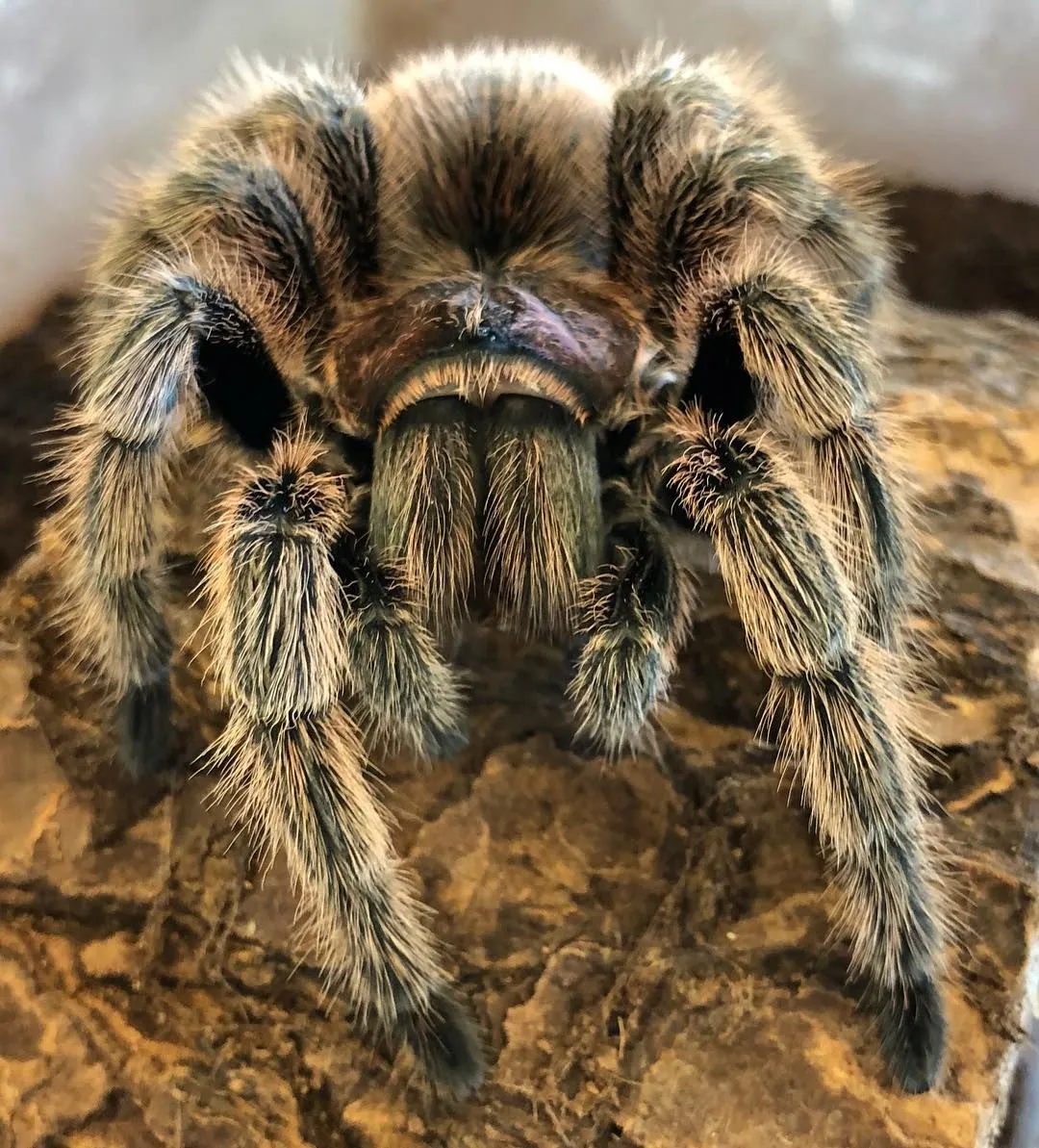
The material of the water dish plays a significant role in its suitability for your Rose Hair Tarantula. The material should be non-toxic and safe for your tarantula. It should also be durable and withstand regular cleaning. Various materials are available, each with its own pros and cons. Ceramic dishes are sturdy and easy to clean but can break if dropped. Plastic dishes are lightweight and affordable but may not be as durable or aesthetically pleasing. Glass dishes are also durable and easy to clean but can be slippery and potentially dangerous if broken. The best material depends on your preferences and the specific needs of your tarantula. The choice ensures the dish is both safe and practical.
Dish Stability
Stability is a crucial factor in preventing spills, which can lead to a reduction in humidity or create messy situations. Choose a dish that is heavy enough or designed to remain in place, even if bumped by the tarantula. Consider the base of the dish and whether it is broad enough to provide stability. Dishes with a low center of gravity are generally more stable. Regularly inspect the dish to ensure it is not tilted or displaced. Ensure the water dish is stable prevents water spills and reduces the risk of accidents, maintaining a safe and healthy environment for your tarantula.
Location within the Enclosure
The location of the water dish within the enclosure is important. Place the dish in a spot that is easily accessible to the tarantula, preferably on the ground. Avoid placing the dish directly under a heat source, as this can cause the water to evaporate too quickly. Also, consider the substrate; ensure the dish is placed on a stable surface to prevent it from sinking into the substrate. Avoid placing the dish near any potential hazards, such as sharp objects or areas where the tarantula might fall. A well-chosen location provides easy access to water without compromising the tarantula’s safety or the overall humidity levels of the enclosure.
Best Water Dish Materials
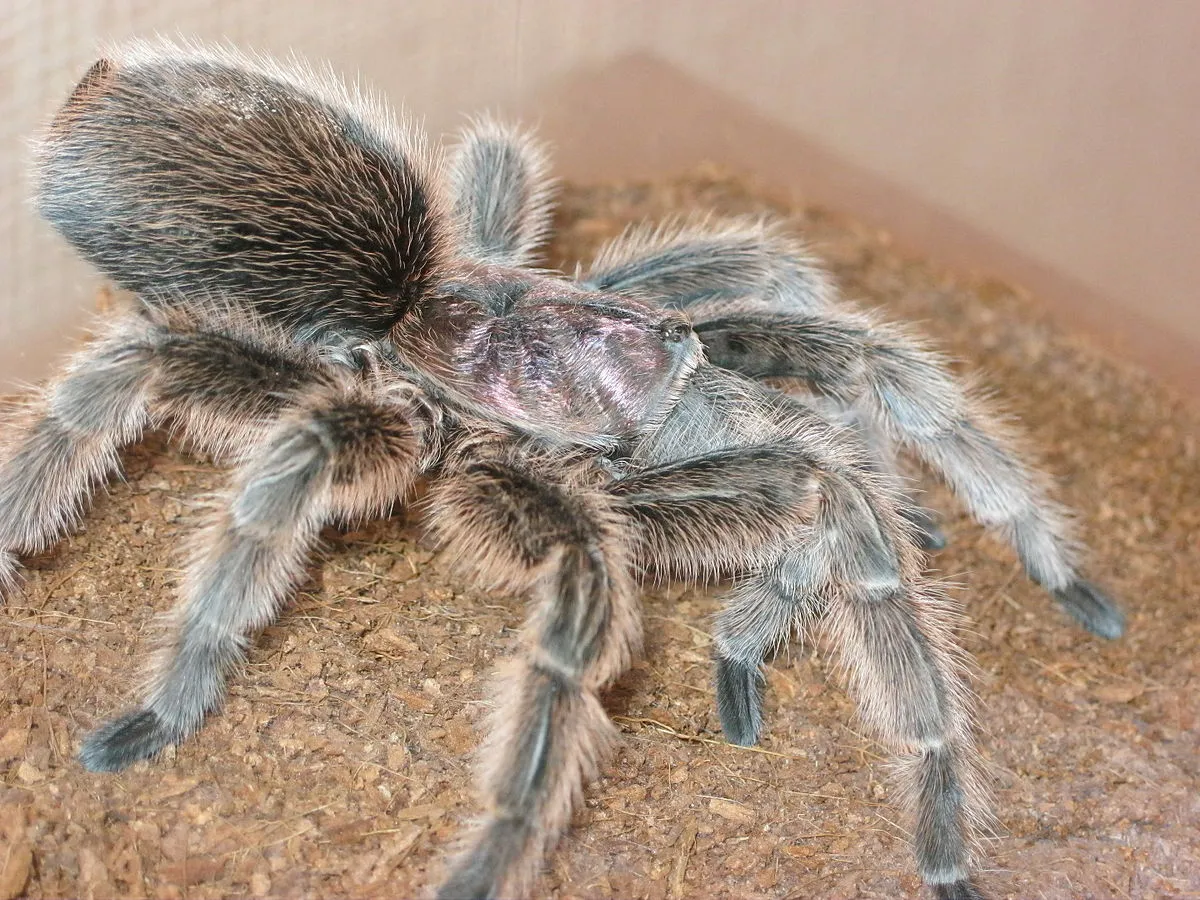
Choosing the right material for your tarantula’s water dish impacts both safety and practicality. Several materials are available, each with its own unique characteristics. Ceramic, plastic, and glass are among the most commonly used options. Consider factors such as durability, ease of cleaning, and safety when making your selection. The best material provides a safe and effective means of hydrating your Rose Hair Tarantula, ensuring its well-being.
Ceramic Water Dishes
Ceramic water dishes are a popular choice due to their durability and aesthetic appeal. Ceramic is a non-toxic material that is easy to clean and can be found in various sizes and designs. Ceramic dishes tend to be stable due to their weight, reducing the risk of spills. They also do not react with water, ensuring no harmful chemicals leach into the water. However, ceramic dishes can break if dropped, so care should be taken when handling them. Choose a ceramic dish that is smooth and free of any sharp edges that could harm your tarantula. Proper selection of a ceramic dish provides both functionality and a pleasing appearance for the enclosure.
Plastic Water Dishes
Plastic water dishes offer a cost-effective and lightweight option. They are typically made from non-toxic plastics that are safe for tarantulas. Plastic dishes come in a variety of shapes, sizes, and colors, providing flexibility in design choices. They are also less likely to break than ceramic dishes, making them a durable option. Ensure the plastic used is specifically designed for pet use and is free of any chemicals or additives that could be harmful. Plastic dishes are easy to clean, but over time, they may become scratched and harbor bacteria. Regularly inspect the dish for wear and tear, replacing it when necessary to maintain a healthy environment.
Glass Water Dishes
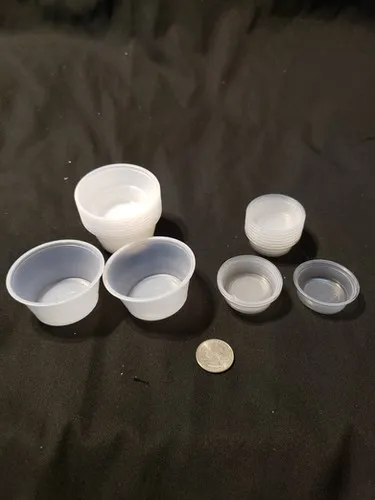
Glass water dishes are another option, offering a sleek and clean look. Glass is non-porous, making it easy to clean and resistant to bacterial growth. Glass dishes are durable and can last a long time with proper care. However, they can be slippery, which may make it difficult for the tarantula to climb and drink from. They can also break if dropped, posing a potential safety risk. If using a glass dish, choose one made of tempered glass for increased durability. Ensure the edges are smooth and free of any sharp areas. Glass dishes can provide a stylish and hygienic option with proper care.
Water Dish Maintenance for Rose Hair Tarantulas
Proper maintenance of the water dish is critical for ensuring the health and well-being of your Rose Hair Tarantula. Regular cleaning and water quality monitoring are essential aspects of tarantula care. Neglecting the water dish can lead to bacterial growth and other health hazards. A clean water dish supports the overall health of your pet. Consistent maintenance creates a healthy environment for your tarantula.
Cleaning Your Tarantula’s Water Dish
Cleaning the water dish should be a regular part of your tarantula care routine. The frequency of cleaning depends on factors like the size of the dish and how quickly it gets soiled. Generally, clean the dish every few days to a week. Remove the dish and empty any remaining water. Wash it thoroughly with warm water and a mild, pet-safe detergent. Rinse the dish thoroughly to remove all traces of soap. Avoid using harsh chemicals or abrasive cleaners that could harm your tarantula. Let the dish air dry completely before refilling it with fresh water. Proper cleaning reduces the risk of contamination and promotes a healthy environment for your pet.
Water Quality and Safety
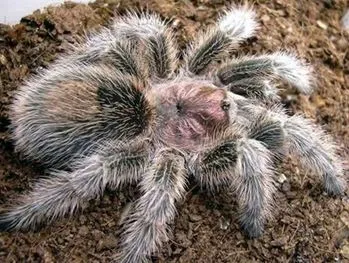
The water quality is crucial to your tarantula’s health. Always use fresh, clean water in the water dish. Avoid using tap water, which may contain chlorine or other chemicals that can be harmful. Distilled or bottled water is recommended, as it is free from these contaminants. Regularly monitor the water for any signs of contamination, such as debris or algae growth. If the water looks cloudy or dirty, replace it immediately. Ensure the water dish is always accessible and safe for your tarantula, providing the clean hydration it requires.
Identifying Signs of Dehydration
Recognizing the signs of dehydration in your Rose Hair Tarantula is essential for prompt intervention. Dehydration can be fatal if left untreated. Common signs of dehydration include a shrunken abdomen, lethargy, and a loss of appetite. The tarantula might also appear restless or attempt to drink from any available source. The fangs may appear dry. If you observe any of these signs, ensure your tarantula has access to water. In severe cases, you can lightly mist the enclosure. Seek advice from a vet who is experienced in exotic animals immediately. Early detection and intervention are crucial for your tarantula’s survival.
Preventing Water Dish Hazards
Preventing hazards associated with the water dish is critical for maintaining a safe environment for your Rose Hair Tarantula. Choose a shallow dish to minimize the risk of drowning, especially for smaller tarantulas. Ensure the dish is stable to prevent spills. Regularly clean and maintain the water dish to prevent bacterial growth. Avoid placing the dish near a heat source, which can accelerate water evaporation. Monitor the water quality and replace it as needed. Keep the dish free from any potential contaminants. Preventing these hazards provides a safe and healthy environment for your tarantula.
Why a Water Dish is Vital
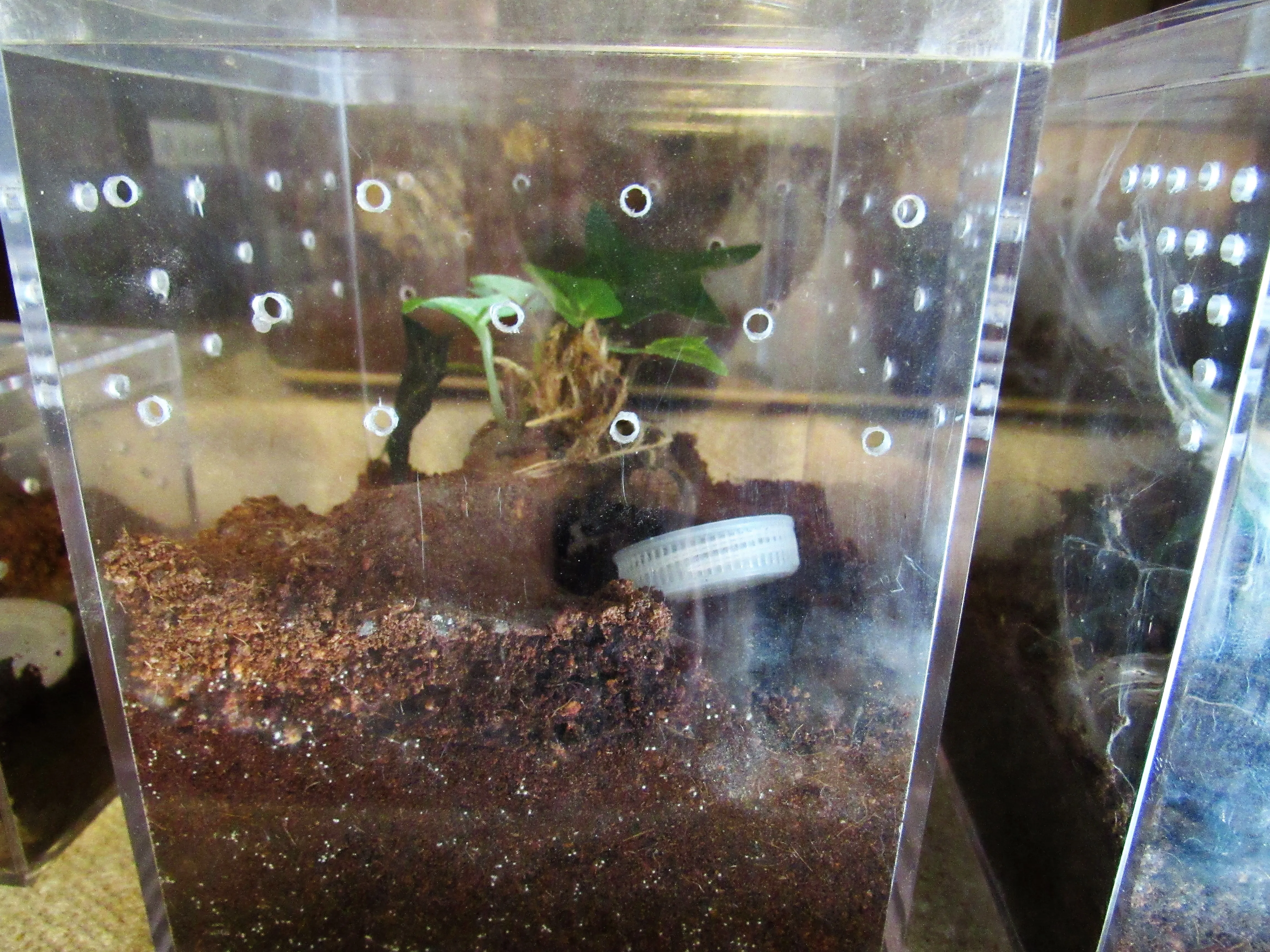
The water dish is vital for your Rose Hair Tarantula for many reasons. It provides a critical source of hydration, necessary for survival. Water is essential for the tarantula’s internal functions, including molting and metabolism. It helps the tarantula to maintain proper body function and health. A water dish ensures your pet is safe and healthy. The water dish is also a source of enrichment and a means for the tarantula to express natural behaviors. The benefits underscore the essential role of the water dish in providing a complete environment.
Essential Tips for Rose Hair Tarantula Care
Caring for a Rose Hair Tarantula involves more than just providing a water dish; a holistic approach ensures a long and healthy life. Maintaining the appropriate temperature and humidity levels in the enclosure is essential, along with providing a suitable substrate for burrowing. A varied diet, consisting of appropriately sized insects, is crucial for good nutrition. Regular observation of your tarantula helps you identify any potential health issues early on. Handling your tarantula should be kept to a minimum, as it can cause stress. The ideal care regimen will create a flourishing environment for your pet. Combining these essential elements ensures the optimal well-being of your tarantula.
In conclusion, the right water dish plays a critical role in the well-being of your Rose Hair Tarantula. From choosing the correct material and size to providing the necessary maintenance, you can ensure your pet has access to fresh, clean water. By following these guidelines, you can provide the best care for your tarantula, contributing to its health and longevity. Always monitor your tarantula and consult with a veterinarian specializing in exotic animals if you have any concerns.
